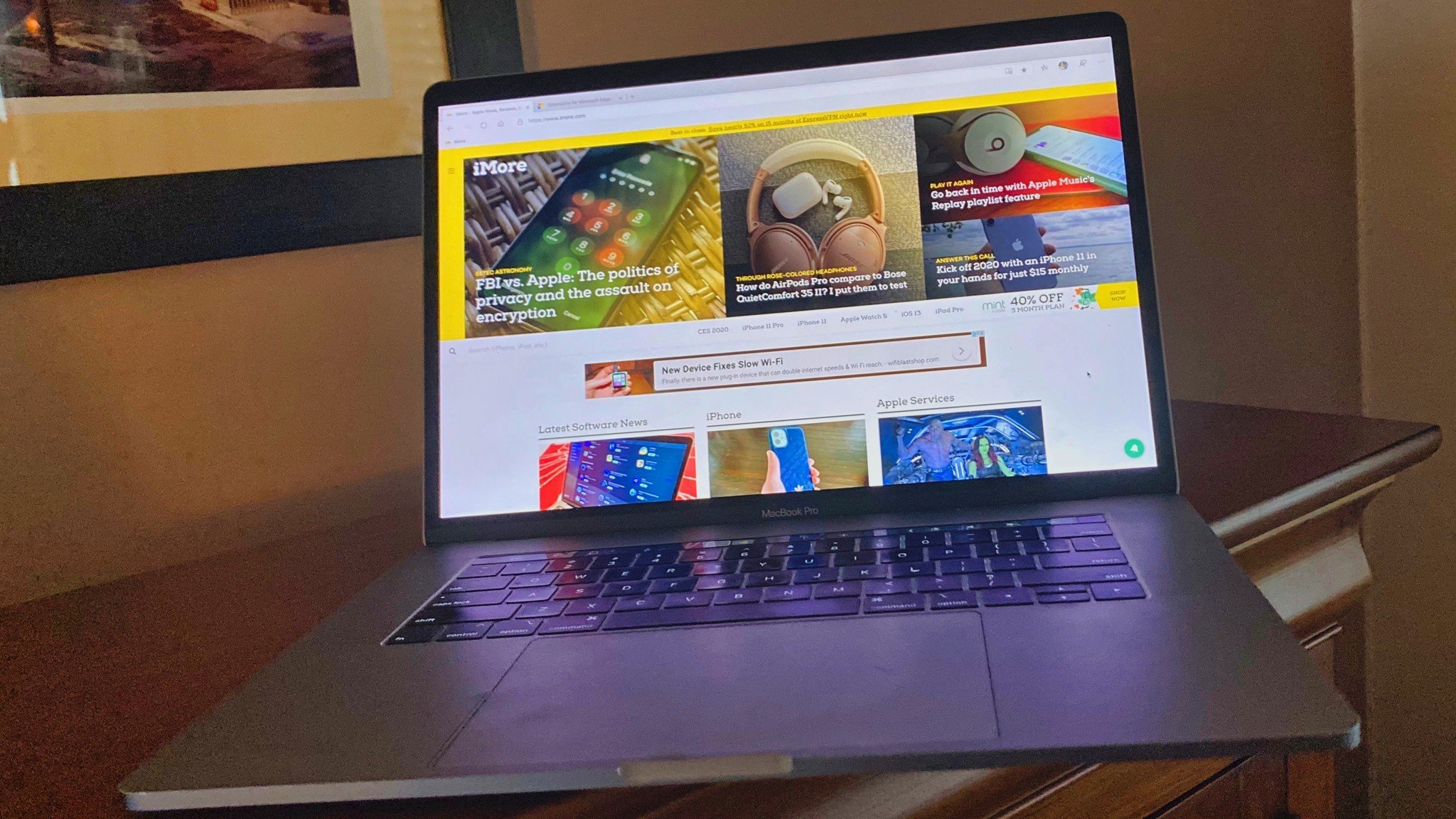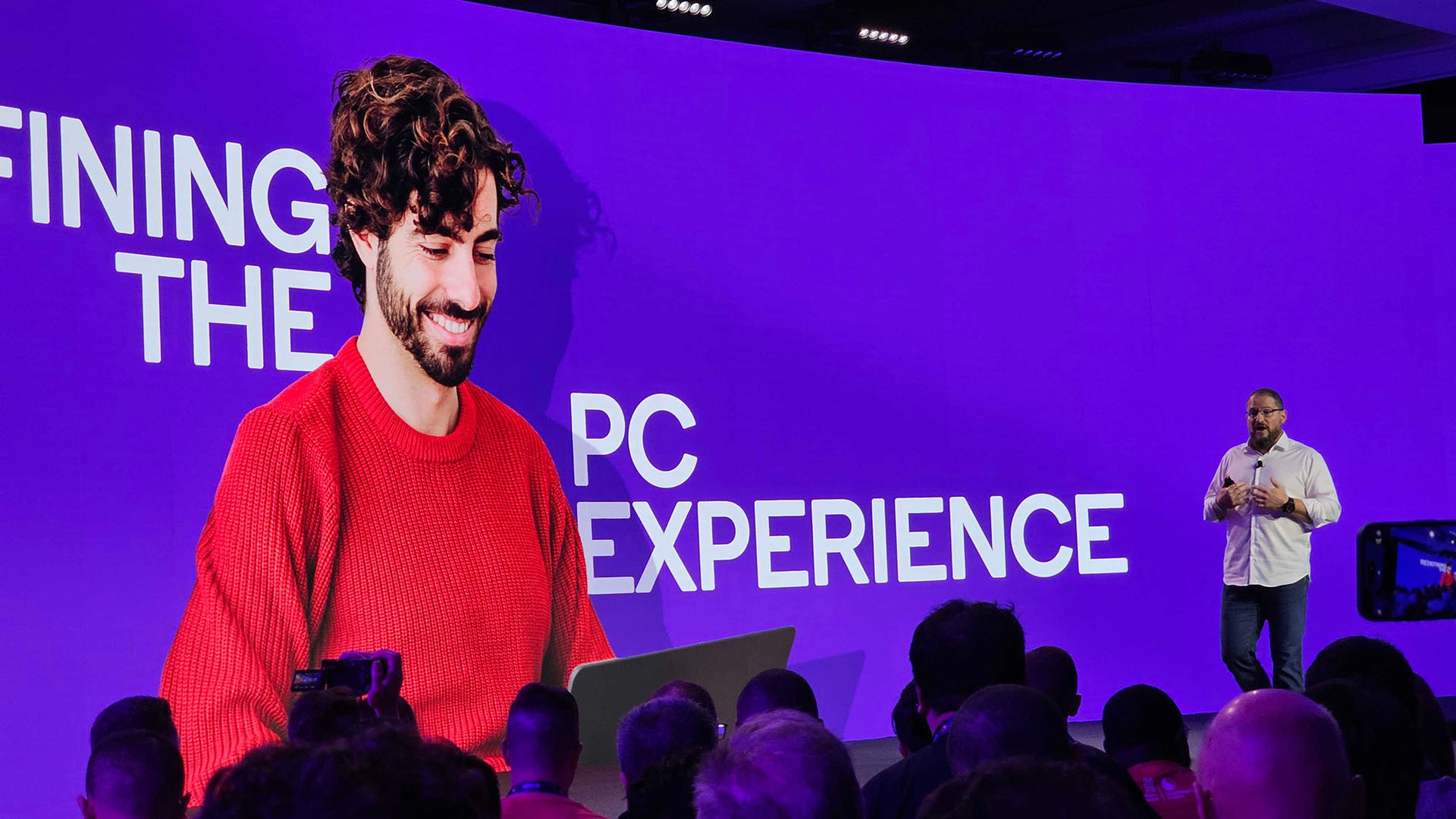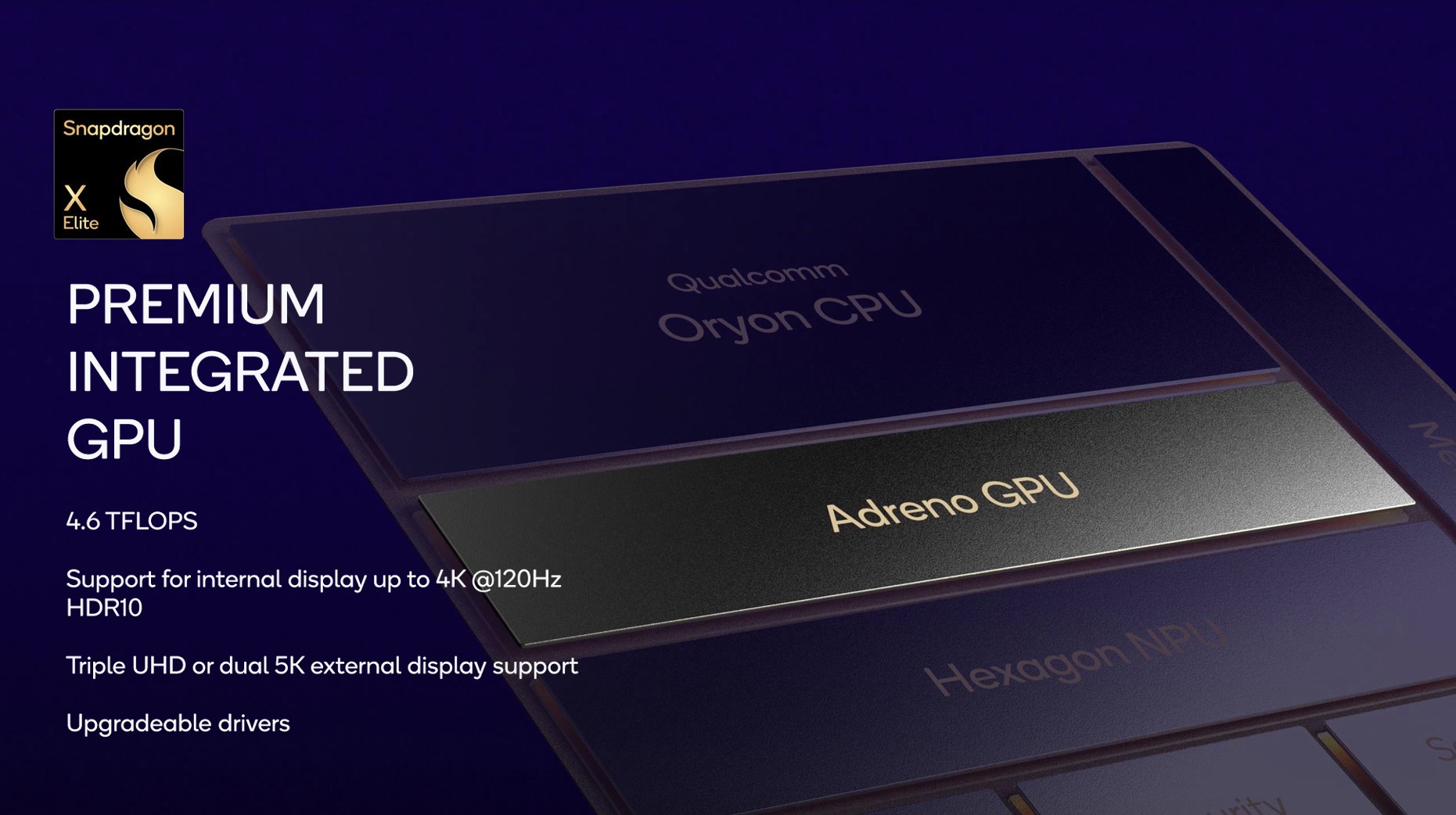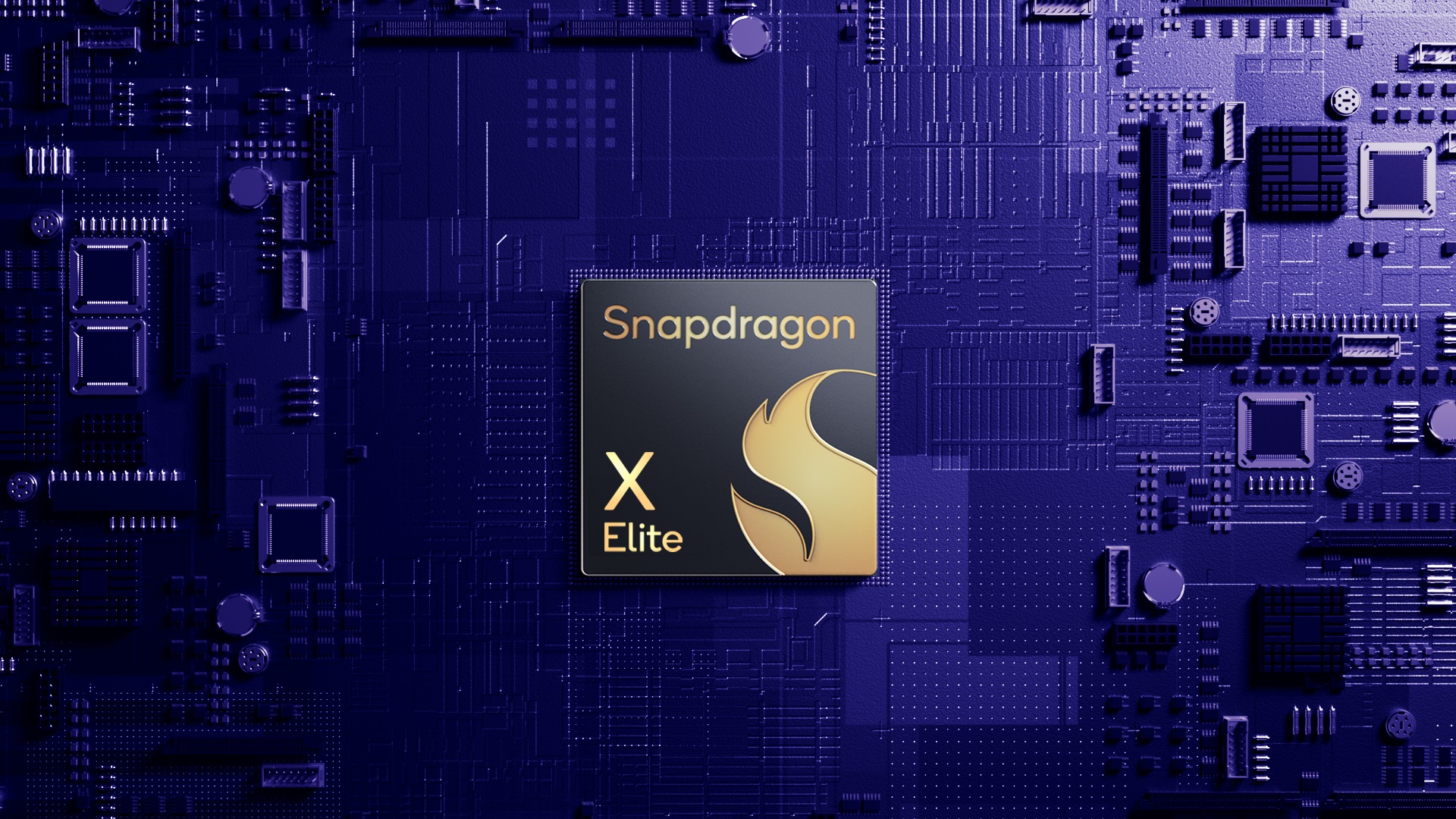Windows finally has its Apple Mac moment, and I'm more excited about the future of laptops than ever before
I've lived with an Apple Silicon Mac before, and Qualcomm just gave us the seismic shift to quiet the Cupertino crowd.
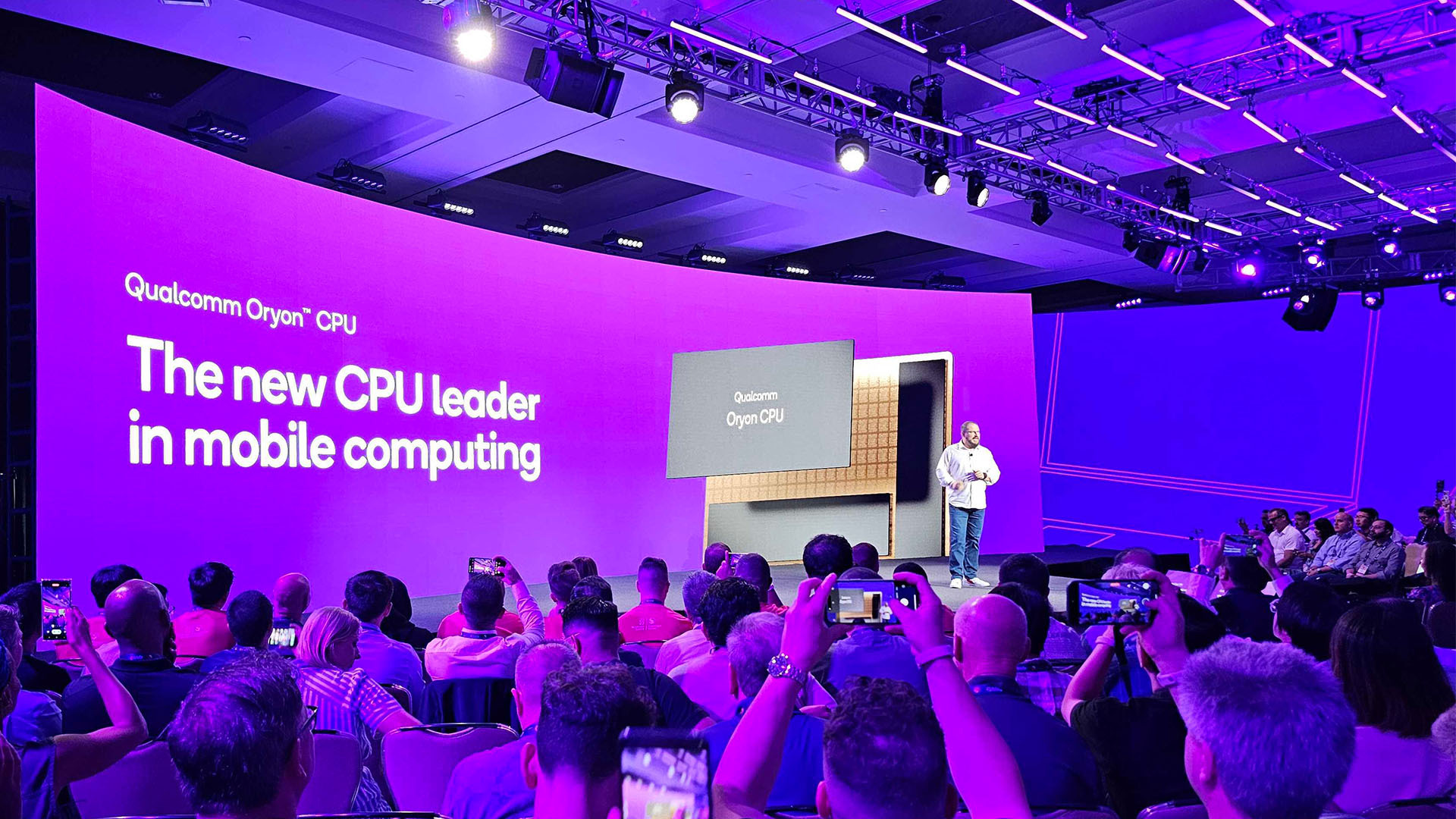
You probably won't hear a tech writer say this too often, but it's how I've been feeling for some time now.
I'm bored.
Laptops, like smartphones before them, have mostly become boring. We have innovations like folding displays alongside more powerful and efficient CPUs and GPUs, but on the whole, there's no wow factor. Of these things, I struggle to put in any good context to make a difference to the Average Joe Public.
Qualcomm, however, has finally provided the goods and given the majority of the computer-using world its 'Apple moment.' Pound-for-pound, the Snapdragon X platform powered by the Qualcomm Oryon CPU can take on and beat Apple's M series chips at its own game. The bragging rights no longer belong to a company that takes pride in rinsing your wallet with exorbitant prices and an operating system that just isn't as good as the rest.
I think I'm excited again because I've lived with Apple Silicon. I've seen the benefits, the incredible potential, and now, we're finally going to get some of that action.
Apple Silicon is no joke
During my brief 2022 hiatus from my time at Windows Central, I bought a Mac Mini. There were a couple of main reasons for this, so hear me out. Firstly, the United Kingdom was going through a ridiculous summertime heatwave, and my gaming PC that I use for work was just adding to the suffering in my office. But I also wanted to see what all the fuss was about. So, I grabbed the cheapest M1-powered Mac Mini.
And I was blown away.
All the latest news, reviews, and guides for Windows and Xbox diehards.
The average person may not really know or care too much about the CPU inside their computing device, just that they want it to work. But it doesn't take long using an Apple Silicon Mac to see that the hype isn't just that. Apple nailed it.
Despite being an entry-level product, my Mac Mini was an absolute beast. It could have used more memory, sure, but the performance was insane. Using a fraction of the power that my custom-built gaming PC would drain from the grid, nothing ever felt like a challenge. Had it been a laptop, I'm sure I'd have appreciated the battery life, too.
The only real issue was macOS. I just don't like it, and I'm a person who used to love Mac many, many years ago. I'm not alone in that, but the fact you can't just put another operating system on a Mac natively right now is what killed it for me.
Qualcomm X gives the rest of us our Apple Silicon moment
ARM-powered Windows laptops have, until now, been largely disappointing. The early devices were using the same CPUs that would have been found in smartphones, later to get more customized chips. Qualcomm has done its best, but despite the obvious benefits such as battery life and always connected cellular, the performance overall has lagged behind Intel and AMD.
Snapdragon X is different, though. For one, it doesn't use a licensed Arm Ltd design. The Oryon CPU is a completely in-house product, very much like Apple Silicon. It won't make it into real products until a good way into 2024, but just its announcement has me pumped. More pumped than in a long time.
ARM is the future of laptops; there's no doubt about that. And finally, it's a future most of us can be excited for. The claims from Qualcomm about performance, compared to not just Apple M2 but Intel's best, are mind-blowing. The efficiency of these things alone makes me want to get the first laptop with a Snapdragon X Elite that I can get my hands on. This quote from our Editor-in-Chief, Daniel Rubino, who was on hand at the launch, sums it up perfectly in the context of a next-gen Surface Pro.
Assuming Qualcomm’s numbers and no restrictions for tighter thermal constraints, Microsoft’s prized tablet PC could be more potent than the current gen Dell XPS 15 workstation and get better battery life than the iPad Pro.
Daniel Rubino, Windows Central
Laptops have been getting thinner and more powerful, but battery life hasn't really been going up. We're all dreaming of an ultraportable laptop that can handle the workloads we'd put through a powerful desktop, all the while not needing to worry about carrying a charger. That moment, finally, looks possible.
Snapdragon X Elite also looks powerful enough to brute force any ARM/x86 software compatibility and performance constraints we've had to deal with to this point. It works in gaming, so there's no reason to believe it won't work outside of it.
ARM laptops that can game?
An ARM laptop that can actually game? Apple has proved it possible, but Windows has an enormous advantage in this space. The Snapdragon X Elite isn't just about that incredible Oryon CPU but also the Adreno GPU that will pair with it.
There are a couple of things that caught my eye that give me hope that a slim, ARM-powered laptop might also scratch my gaming itch in the future. The first is the 4.6 TFLOPS figure. This is more powerful than an Xbox Series S. It's not an apples-to-apples (pun intended) comparison, but it gives you some idea of how capable it will be. Creative workflows should also find great benefits from it.
It's DX12 compatible, as you'd hope, but right there at the bottom, it mentions upgradeable drivers. From a gaming perspective, this is crucial. How often does your NVIDIA/AMD/Intel graphics product get a "game ready" driver update for new titles? Obviously, current Qualcomm chips on Windows have drivers because everything needs a driver, but to see it highlighted like this caught my eye. With all this promised performance, could gamers start to benefit going forward as well? I sure hope so.
Exciting times ahead for Windows laptops
Admittedly, seeing a company get up on stage and put Apple back in its box is always fun. And no doubt Cupertino will fight back with its upcoming Halloween Mac event, promising more and using deliberately nondescript graphs to lure people in.
Based on what we've already heard, though, Qualcomm certainly has its ducks in a row when it comes to competing. Intel is also due to debut the 14th Gen laptop chips before the end of 2023, and we've also recently heard reports that AMD and NVIDIA will get into ARM when the Qualcomm exclusivity arrangement with Microsoft expires.
Laptops are going to get exciting again, and that's for everyone. While Snapdragon X Elite is leading the charge and will be for the higher-end devices, there will be others, more affordable, perhaps even more powerful options. Intel will have to keep pushing forward, and others are looking to join in the race. This really is the start of a seismic shift, and I'm here for it.

Richard Devine is a Managing Editor at Windows Central with over a decade of experience. A former Project Manager and long-term tech addict, he joined Mobile Nations in 2011 and has been found on Android Central and iMore as well as Windows Central. Currently, you'll find him steering the site's coverage of all manner of PC hardware and reviews. Find him on Mastodon at mstdn.social/@richdevine
